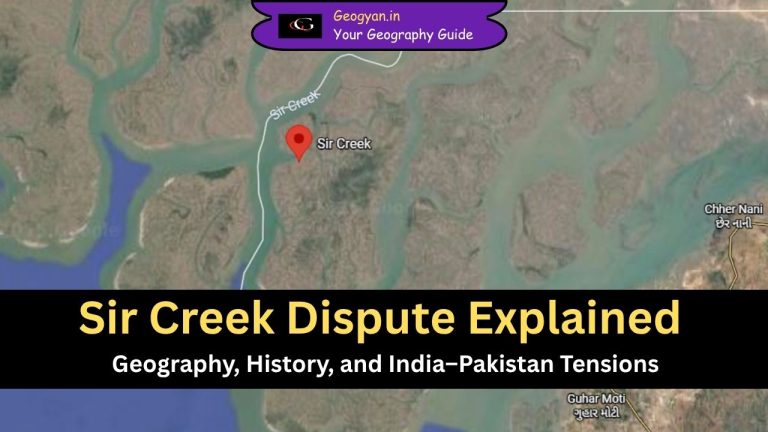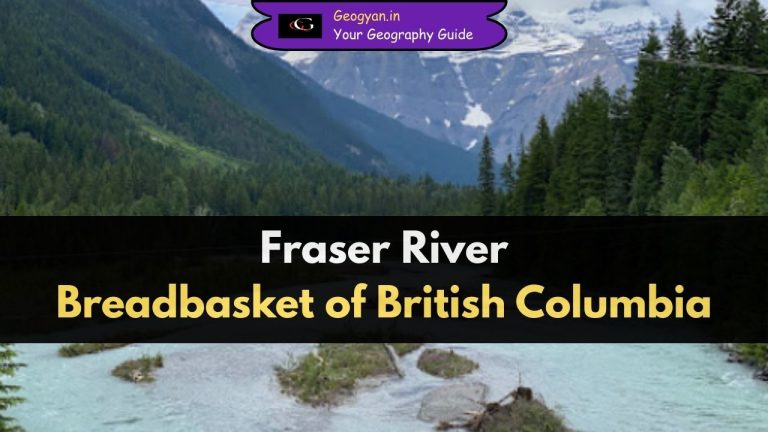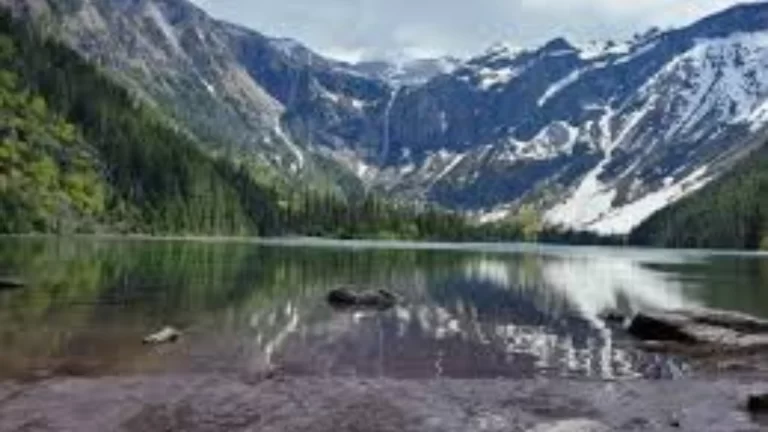Estimated reading time: 8 minutes
Table of contents
Introduction
Weathering is a fundamental process that shapes the Earth’s surface, impacting rocks both at the surface and below. It involves the disintegration and dissolution of rocks through physical and chemical processes. While weathering does not transport materials, it generates them for erosion and transportation by various agents like water, wind, waves, and ice, all under the influence of gravity. Here, we will explore the different weathering processes, their factors, and their effects on the Earth’s landscape.
Types of Weathering Processes
Physical (Mechanical) Weathering Processes
Physical weathering, also known as mechanical weathering, breaks down rocks without any chemical alteration. It increases the surface area of rocks, making them more susceptible to chemical weathering. Frost action, crystallization, hydration, and pressure-release jointing are four key physical weathering processes.


(a) Frost action loosens and frees rock that falls to the base of the cliff, accumulating as a talus slope, near Wheeler Peak in Great Basin National Park, Nevada.
(b) Physical weathering along joints in rock produces discrete blocks in the back country of Canyonlands National Park, Utah.
[Photo by Robert W. Christopherson]
Frost Action
The expansion of water upon freezing, known as frost action or freeze-thaw action, exerts a powerful mechanical force that can break rocks apart. Repeated cycles of freezing and thawing cause rocks to disintegrate, particularly in regions with humid and polar climates. Frost action plays a significant role in shaping landscapes, contributing to the formation of talus slopes and rockfalls.
Crystallization
In arid climates, the evaporation of water from rocks leads to the growth of crystals. These crystals exert enough force to separate mineral grains, contributing to the disintegration of the rock. Crystallization is especially prominent in regions like the Colorado Plateau, where salt-crystal growth sculpts sandstone cliffs.

(a) Cliff dwelling site in Canyon de Chelly, Arizona, occupied by the Anasazi people until about 900 years ago. The niche in the rock was formed partially by crystallization, which forced apart mineral grains and broke up the rock. The dark streaks on the rock are thin coatings of desert varnish, composed of iron oxides with traces of manganese and silica.
(b) Water and impervious sandstone layer helped concentrate weathering processes in the niche.
[Photo by Robert W. Christopherson]
Hydration
Hydration occurs when minerals absorb water, causing them to expand and stress the rock. While not a chemical reaction, hydration can lead to granular disintegration, making the rock more vulnerable to chemical weathering. This process often works in conjunction with carbonation and oxidation to transform feldspar into clay minerals and silica.
Pressure-Release Jointing
During the uplift of deeply buried magma, the overlying regolith is gradually weathered and eroded, exposing the underlying granite. As the pressure from overburden is released, the granite undergoes physical heave, resulting in pressure-release jointing. This process leads to the exfoliation of rock layers, creating arch-shaped and dome-shaped features on the landscape.
Chemical Weathering Processes
Chemical weathering involves the decomposition and alteration of minerals in rocks through reactions with air, water, and atmospheric gases. It occurs through processes such as hydrolysis, oxidation, and carbonation and solution.


(a) The rugged, weathered Alabama Hills, Mount Whitney in the background, provides scenic backdrops for many commercials and movies. You can imagine a movie chase scene raising clouds of dust!
(b) Chemical weathering processes act on the joints in granite to dissolve weaker minerals, leading to a rounding of the edges of the cracks.
[Photos by Bobbe Christopherson.]
Hydrolysis
Hydrolysis occurs when minerals chemically react with water, breaking down silicate minerals in rocks. Water actively participates in the chemical reactions, producing different compounds and transforming minerals. For example, feldspar minerals in granite undergo hydrolysis when exposed to mildly acidic precipitation, resulting in the formation of clays, dissolved minerals, and silica.
Oxidation
Oxidation is a chemical weathering process where certain metallic elements combine with oxygen to form oxides. This process is responsible for the familiar “rusting” of iron, producing a reddish-brown stain of iron oxide. Oxidation weakens the crystal structures of rocks, making them more susceptible to further chemical weathering and disintegration.


(a) Ultisols, soils produced by warm, moist conditions, in Sumter County, Georgia, bear the color of iron and aluminum oxides.
(b) Oxidation of iron minerals produces these brilliant red colors in the sandstone formations of Red Rock Canyon, Nevada.
[Photos by Bobbe Christopherson.]
Carbonation and Solution
Carbonation occurs when minerals combine with carbon, usually in the form of carbonic acid derived from the dissolution of carbon dioxide in water. This process primarily affects rocks rich in calcium, magnesium, potassium, and sodium. Limestone, composed of calcium carbonate, is particularly susceptible to carbonation, leading to its dissolution and the formation of landscapes with karst topography.
Factors Influencing Weathering Processes
Character of the Bedrock
The character of the bedrock, including its hardness, solubility, and jointing, greatly influences weathering processes. Joints, fractures, and plane surfaces increase the exposed surface area, accelerating both physical and chemical weathering.
Climatic Elements
Precipitation, temperature, and freeze-thaw cycles play crucial roles in weathering rates. Physical weathering predominates in drier and cooler climates, while chemical weathering is more dominant in wetter and warmer climates. The geographic orientation of slopes, determining their exposure to sunlight, wind, and precipitation, also affects weathering rates.
Water Table and Hydraulics
The position of the water table and water movement impact weathering rates. Hygroscopic and capillary water activate chemical weathering processes, even in arid landscapes. The presence of water enhances the breakdown of minerals and accelerates weathering.
Slope Orientation
The orientation of slopes, whether facing north, south, east, or west, affects their exposure to sunlight, wind, and precipitation. Slopes facing away from the sun’s rays tend to be cooler, moister, and more vegetated, influencing weathering processes. This effect is particularly noticeable in middle and higher latitudes.
Vegetation
Vegetation plays a dual role in weathering processes. While it can protect rocks by shielding them from raindrop impact and providing soil stability, the partial decay of organic matter produces organic acids that contribute to chemical weathering. Plant roots can also exert pressure on rocks, breaking them apart and exposing more surface area for weathering.


(a)Roots exert a force on the sides of this joint in the rock.
(b)Can you find the tree root growing in and on the jointing fracture in the rock?
[Photo by Robert W. Christopherson]
Conclusion
Weathering processes, both physical and chemical, shape the Earth’s surface over long periods of time. Factors such as bedrock characteristics, climatic elements, water movement, slope orientation, vegetation, and microscopic conditions all influence weathering rates.
Physical weathering processes, including frost action, crystallization, hydration, and pressure-release jointing, break rocks into smaller fragments, increasing their susceptibility to chemical weathering. Chemical weathering processes like hydrolysis, oxidation, and carbonation and solution alter the mineral composition of rocks, leading to their decomposition and the formation of new substances.
Understanding weathering processes provides valuable insights into the evolution and transformation of our planet’s surface.
You May Also Like




























